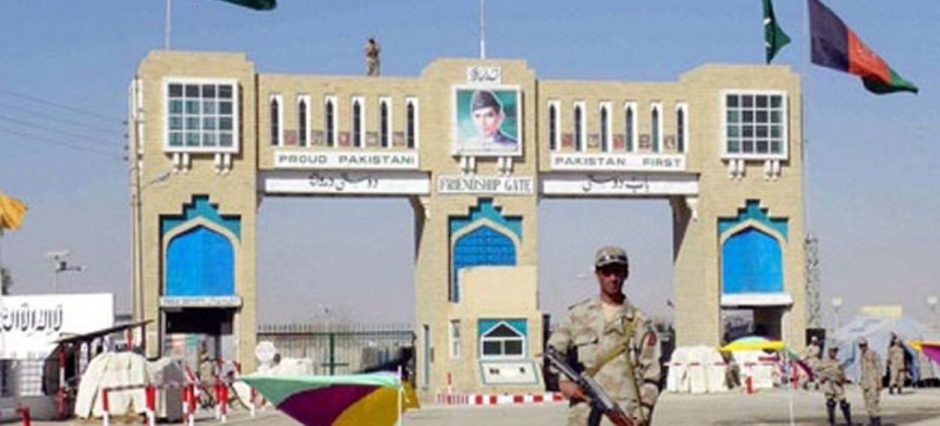The Pakistan-Afghanistan border is expected to reopen within the next 24 to 48 hours, diplomatic sources confirmed on Monday, marking a significant step toward easing tensions and restoring trade between the two neighboring nations.
The closure, which had disrupted trade routes and caused massive congestion at key crossing points such as Torkham and Chaman, came amid heightened security concerns and diplomatic disagreements over cross-border movement and documentation requirements.
According to officials familiar with the negotiations, both sides have made progress during recent high-level meetings aimed at de-escalating the situation. The reopening will allow the resumption of essential goods transport, medical aid, and the movement of people stranded on both sides.
The Ministry of Foreign Affairs and security agencies have reportedly been in close coordination with Afghan counterparts to ensure that the reopening proceeds smoothly and that security protocols remain intact. The move is seen as a confidence-building measure at a time when bilateral relations have been strained by cross-border militant activity and trade interruptions.
In a related development, ceasefire efforts with Afghanistan aim to end terrorism and bring peace, according to Khawaja Asif, signaling that both countries are seeking a more stable and cooperative regional environment.
The prolonged closure had taken a heavy toll on local traders, truck drivers, and daily wage workers who depend on cross-border commerce. Markets in Peshawar, Quetta, and Jalalabad reported sharp increases in the prices of perishable goods, including fruits, vegetables, and medicines, due to halted imports.
Officials in Islamabad say the reopening decision underscores the importance of maintaining open communication channels with Kabul, particularly through diplomatic and military backchannels. Analysts believe that improving border management could pave the way for stronger economic cooperation under regional trade frameworks.
For thousands of families divided across the border, the reopening represents a return to normalcy and renewed hope for stability. Once operational, the move is expected to boost trade volumes, restore supply chains, and reduce smuggling that often thrives during such closures.











